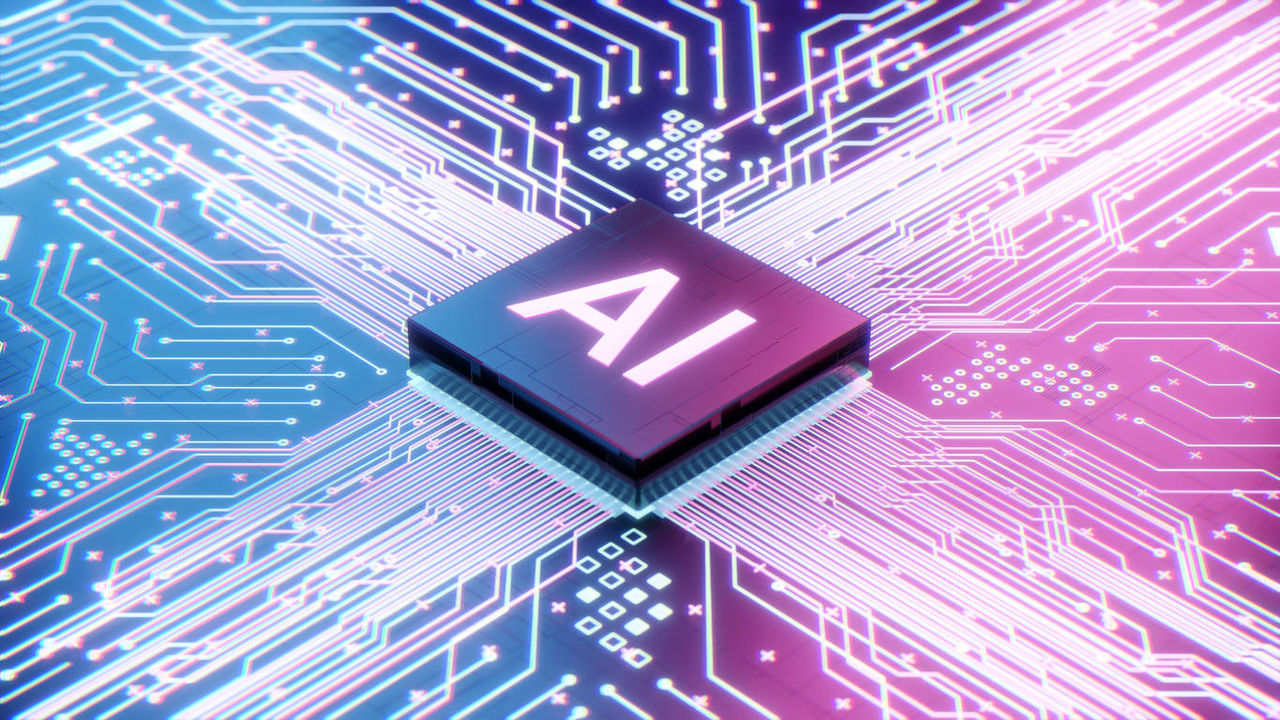Keeping great talent isn’t just about paychecks and perks anymore. Today, talent is both empowered and elusive; organizations are realizing that recognition isn’t just a gesture, but a strategic approach to building culture, fostering connections, and commitment. Recognition has become the missing link between showing up and truly shining. It’s not just a pat on the back.
At the recent SHRM webinar, “Integrated Recognition: The Missing Link in Employee Engagement and Retention,” thought leaders Aarti Srivastava - Chief Human Resource Officer Capgemini, Candy Fernandez - Director - People & Great Work O. C. Tanner, Chandini Kamal – Global Head People & Culture, HCL technologies and Reena Wahi – Partner & Head, People & Culture, KPMG India explored how recognition, when intentional and authentic, can shape culture, deepen connection, and sustain performance.
3Ms: Mindset, Mechanisms, and Meaningfulness
“Recognition without outcomes is not meaningful,” noted Aarti, setting the tone for the discussion. She emphasized that recognition should evolve from noise to music, from sporadic cheers to symphonic appreciation that aligns with purpose and performance. “Recognition is not a moment; it’s not an event, it’s an experience. It should be democratized, meaningful, and sustainable.”
Her organization’s framework of the 3Ms: Mindset, Mechanisms, and Meaningfulness, creates the foundation for recognition that scales while remaining personal.
Recognition: Meeting Emotional and Social Needs
Adding another dimension, Reena highlighted the dual nature of recognition, its emotional appeal, and social alignment. “Are we recognizing intentionally?” she asked. “Is it just about achievement, or are we also acknowledging the emotional need for being seen, valued, and appreciated?”
Recognition, Reena says, must go beyond formal awards to feed the human craving for belonging and acknowledgment.
The Emotional Contract of Recognition
“Recognition is not just the act of appreciation, it’s the feeling of appreciation,” shared Candy, powerfully describing the emotional contract between the organization and its people.
She elaborated, “When employees feel genuinely recognized, it creates trust, psychological safety, and belongingness, the building blocks of retention.”
Candy also called out the importance of timing and consistency: “It’s critical to acknowledge when recognition is done, how it is done, and how often it is done.”
Authenticity, Gamification, and the New Workforce
Chandini brought in a contemporary lens, outlining a framework built on authenticity, behavioral recognition, and gamification.
She emphasized that for today’s multi-generational and digitally fluent workforce, recognition must evolve: “Gamification, peer appreciation, and authentic storytelling are not fads; they are cultural connectors.”
She also noted that recognition cannot remain an HR initiative alone: “It has to be democratized. HR can facilitate, but managers must drive the experience.”
Recognition Beyond Budgets
Closing the loop, Reena reminded everyone that recognition doesn’t require large budgets; it requires intent. “Appreciation does not need approval or allocation,” she said. “We’ve created Gratitude Corners—simple spaces where appreciation becomes part of daily rhythm.”
She added, “Recognition should celebrate both achievement and effort. Sometimes, it’s the consistent small wins that create the biggest engagement.”
As Aarti summed it up, “There are no average performers, only average years for performers.” Recognition, when done right, helps every individual rediscover their best year, again and again.
Also Read: 8 Thoughtful Ways to Build a Culture of Appreciation
Final Thoughts
Recognition isn’t just a nice-to-have; it’s a must-have, and when it’s done with heart and intention, it can truly transform the way people feel about their work and their workplace.
Here are a few simple but powerful reminders from this session to carry forward:
- Recognition is an Experience, Not an Event
- Move from one-time rewards to ongoing experiences that build culture and meaning.
- Mindset Drives Mechanisms
- A structured approach like Aarti’s 3Ms: Mindset, Mechanisms, and Meaningfulness, creates scalable, sustainable recognition systems.
- Recognition Has Dual Power: Emotional and Social
- Recognition should make people feel connected and aligned, not just appreciated but truly seen.
- Authenticity and Gamification Engage the Modern Workforce
- Authentic stories, peer shoutouts, and gamified appreciation go a long way in engaging today’s workforce.
- Gratitude Costs Nothing, But Builds Everything
- Recognition isn’t about budgets; it’s about presence, intent, and frequency. When done correctly, it fosters trust, safety, and a sense of belonging.




